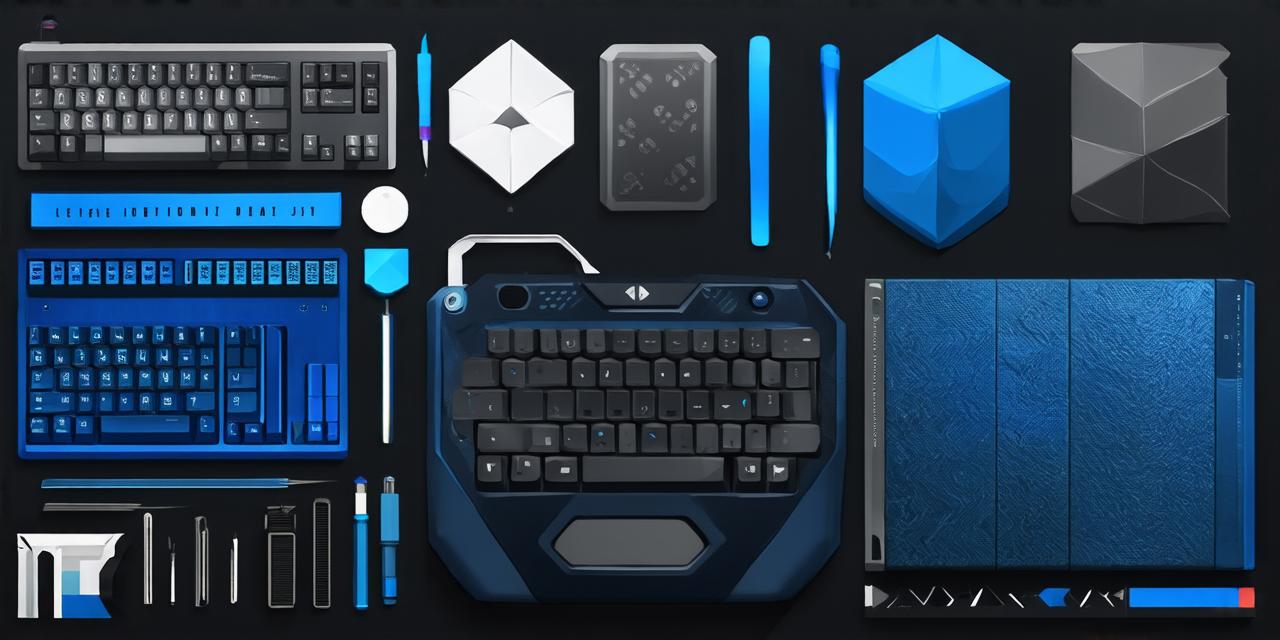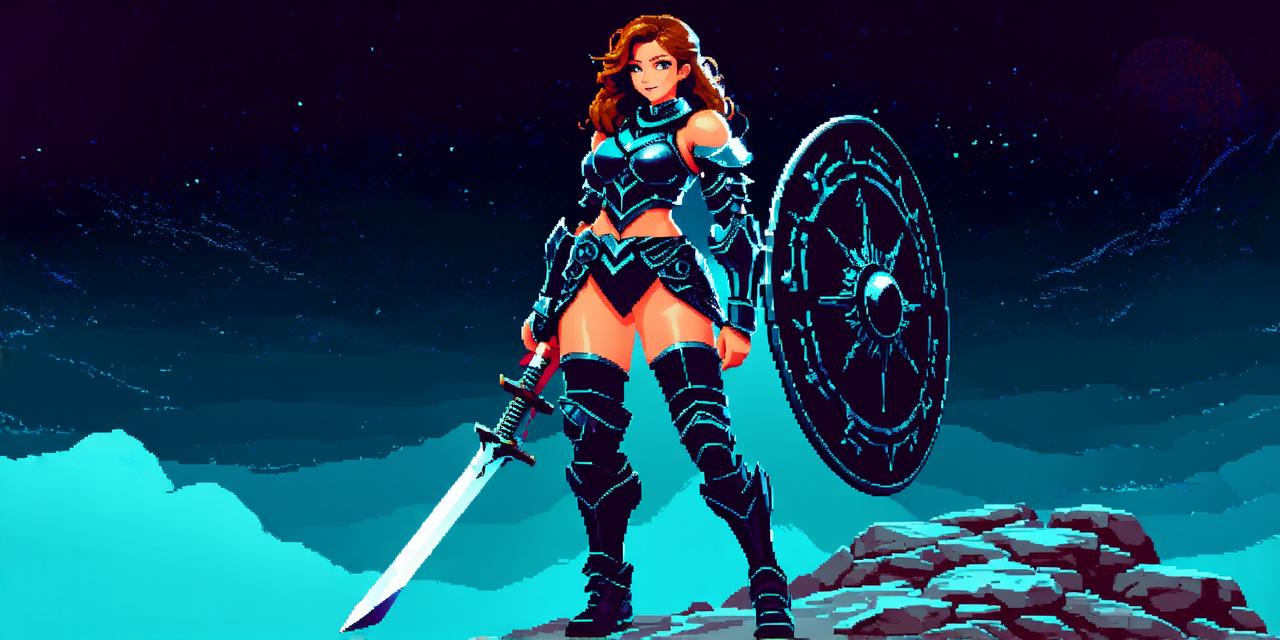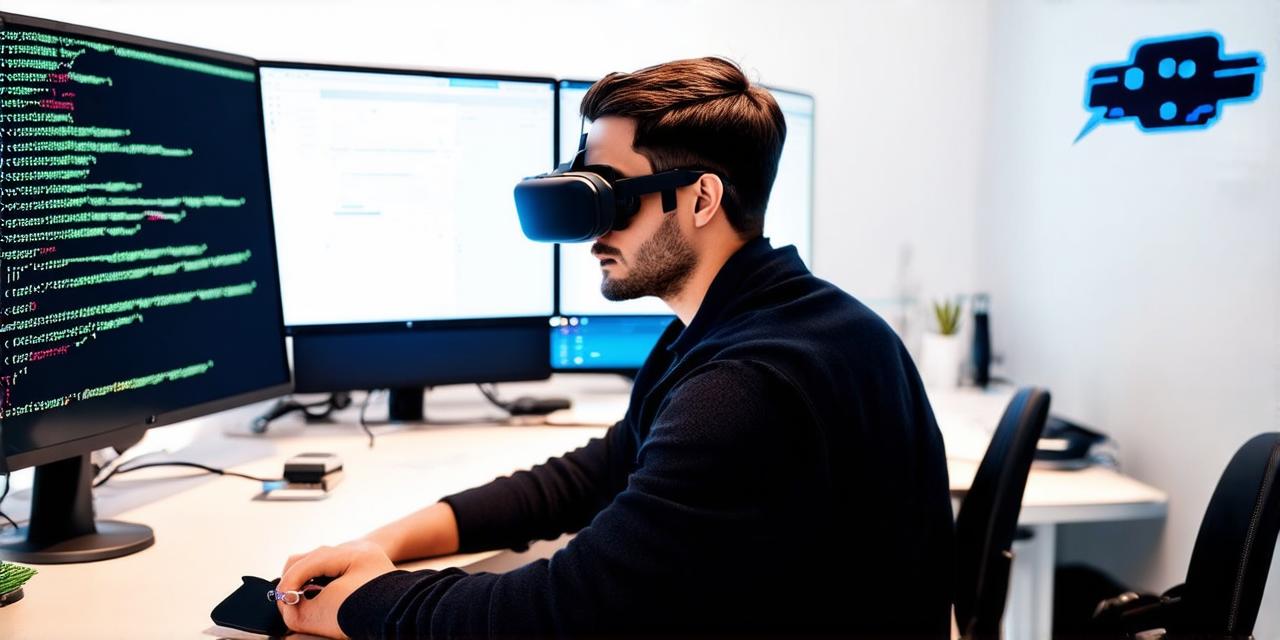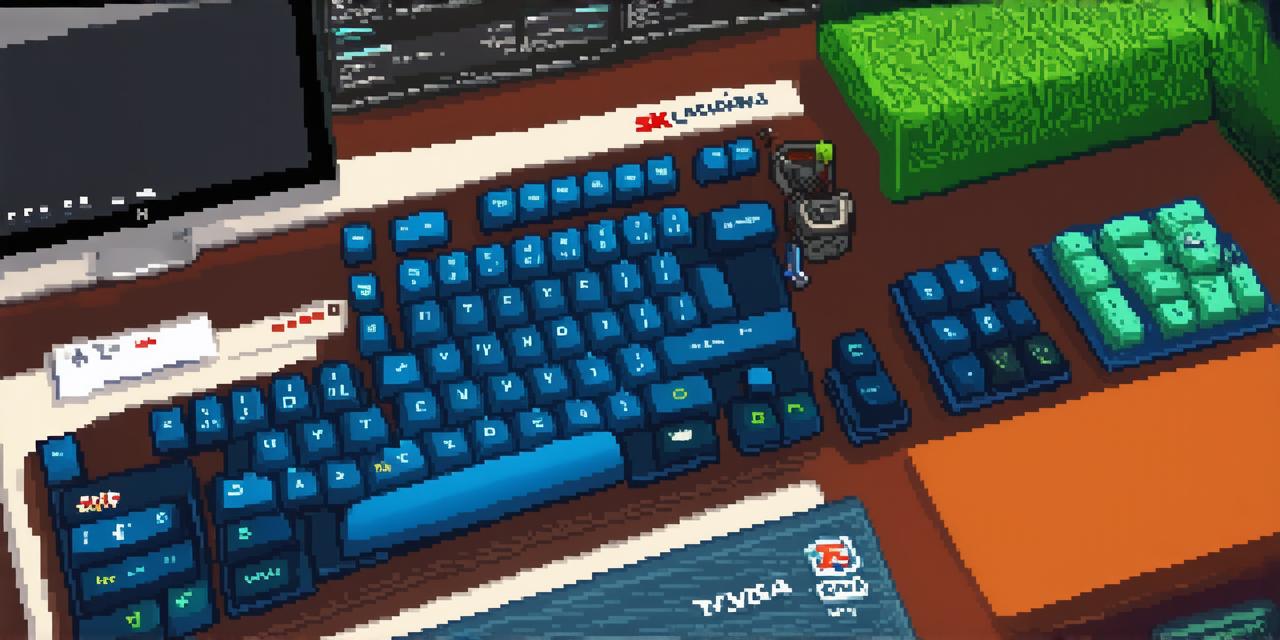Introduction
The world of video game development is a complex and ever-evolving landscape. From the initial spark of an idea to the final release of a polished product, the process of creating a video game involves numerous stages that require careful planning, collaboration, and attention to detail.
Pre-Production: The Foundation for a Successful Game
Conceptualization
The first stage of video game development is conceptualization, which involves brainstorming ideas for the game, defining its core mechanics and features, and identifying the target audience. This stage often begins with a team meeting or brainstorming session, where developers, producers, and other stakeholders come together to discuss potential concepts and themes.
At this stage, it is crucial to have a clear idea of what the game is trying to achieve, as well as who the intended audience is. For example, a first-person shooter game aimed at teenagers will likely require different design and storytelling elements than a puzzle-solving adventure targeted at older adults.
One of the most important aspects of conceptualization is defining the game’s core mechanics and features. This includes identifying the main gameplay elements, such as combat, exploration, or puzzle-solving, as well as any unique features that will set the game apart from others in its genre. These mechanics and features should be designed with the target audience in mind, as they will ultimately determine how engaging and enjoyable the game is for players.
Scriptwriting and Storytelling
Once the core concepts and mechanics have been established, the next stage of pre-production involves scriptwriting and storytelling. This includes creating a detailed narrative for the game, as well as developing any cutscenes or other forms of interactive storytelling that will be used to engage players and advance the plot.
In many cases, this stage will involve working closely with writers and storytellers who specialize in video game narrative. These professionals can help ensure that the story is engaging, cohesive, and consistent across all aspects of the game, from cutscenes to dialogue options.
Prototyping and Playtesting
As the conceptualization and scriptwriting stages come to a close, the pre-production phase moves into prototyping and playtesting. This involves creating a working prototype of the game, which can then be tested by a small group of players to gather feedback on its mechanics, pacing, and overall enjoyment.
Prototyping is an important stage in the development process, as it allows developers to quickly identify any issues or areas for improvement before investing too much time and resources into the project. Playtesting can also help inform future design decisions, as well as provide valuable insights into player behavior and preferences.
Budgeting and Resource Planning
Finally, the pre-production phase includes budgeting and resource planning. This involves estimating the costs associated with each stage of development, as well as identifying any resources that will be needed to complete the project on time and within budget.
This stage is critical for ensuring that the game remains financially viable throughout its development cycle, and for avoiding costly mistakes or delays down the line.
Production: Bringing the Game to Life

3D Modeling and Animation
The production phase of video game development begins with 3D modeling and animation. This involves creating detailed 3D models of all characters, objects, and environments in the game, as well as animating these models to bring them to life and create a sense of motion and realism.
This stage often requires specialized skills and tools, including 3D modeling software, rigging and animation software, and texture mapping programs. It can also be a time-consuming process, requiring a team of artists and animators to work together over many months to create high-quality assets that meet the game’s artistic and technical standards.
Programming and Engineering
As 3D modeling and animation progress, the production phase moves into programming and engineering.




